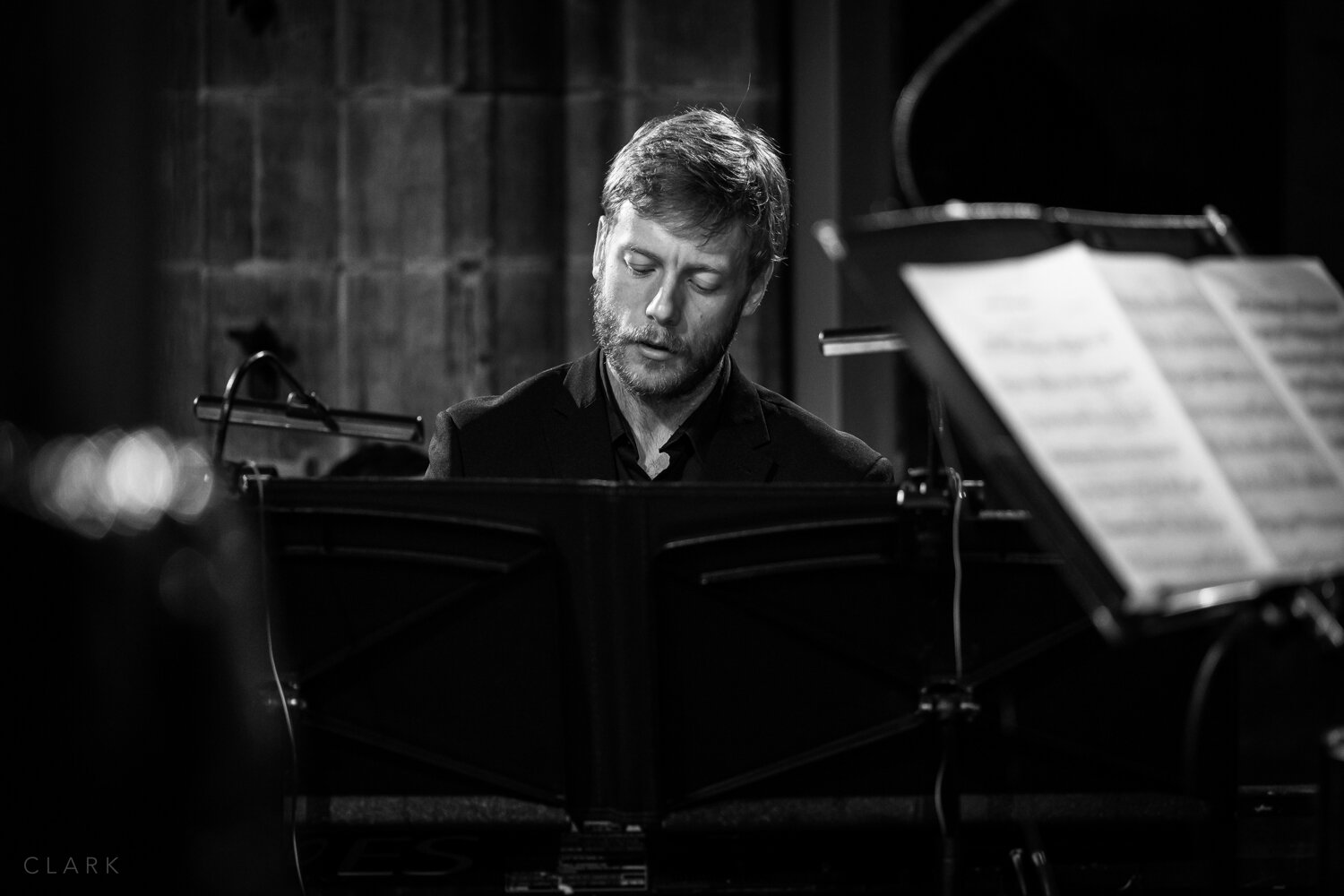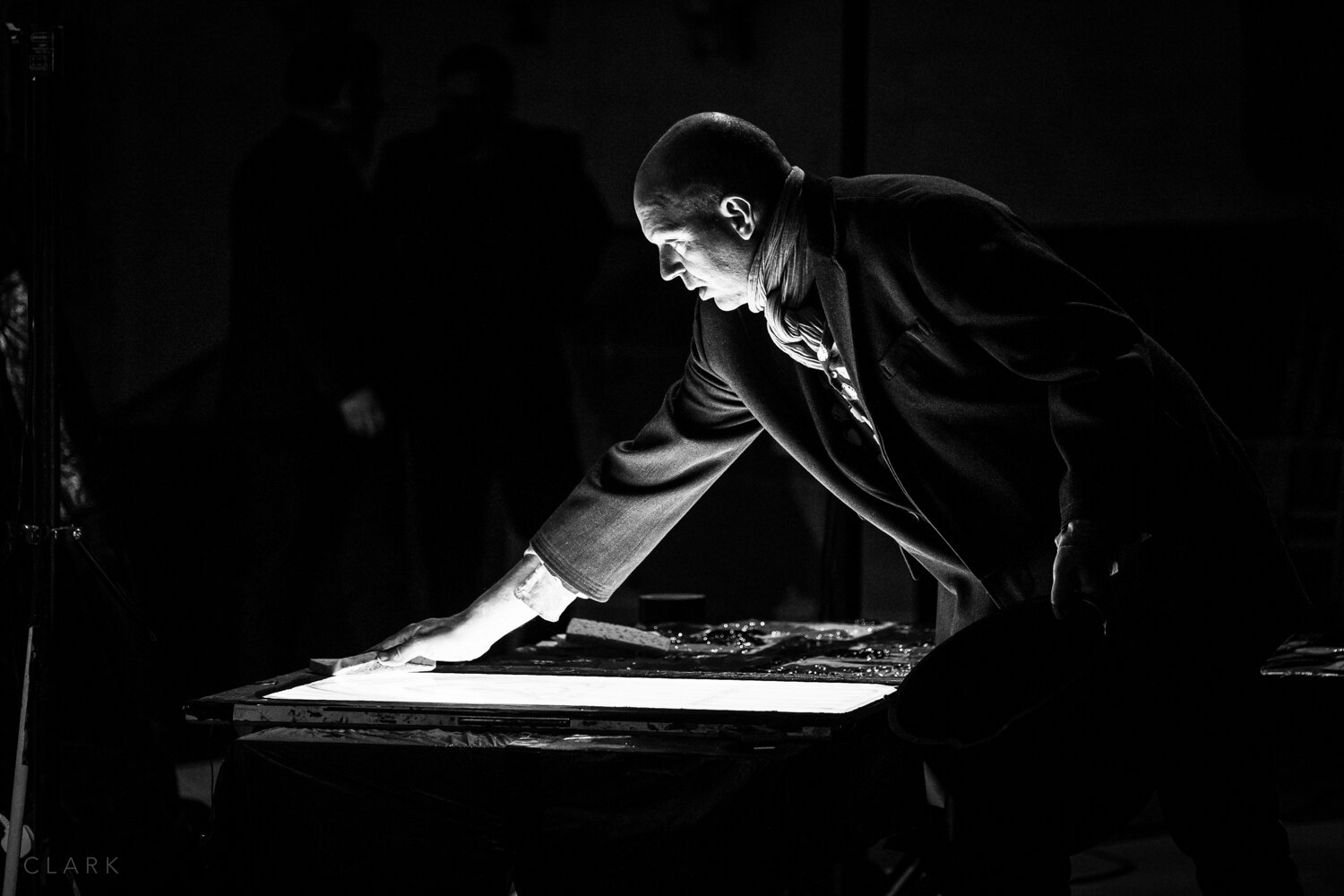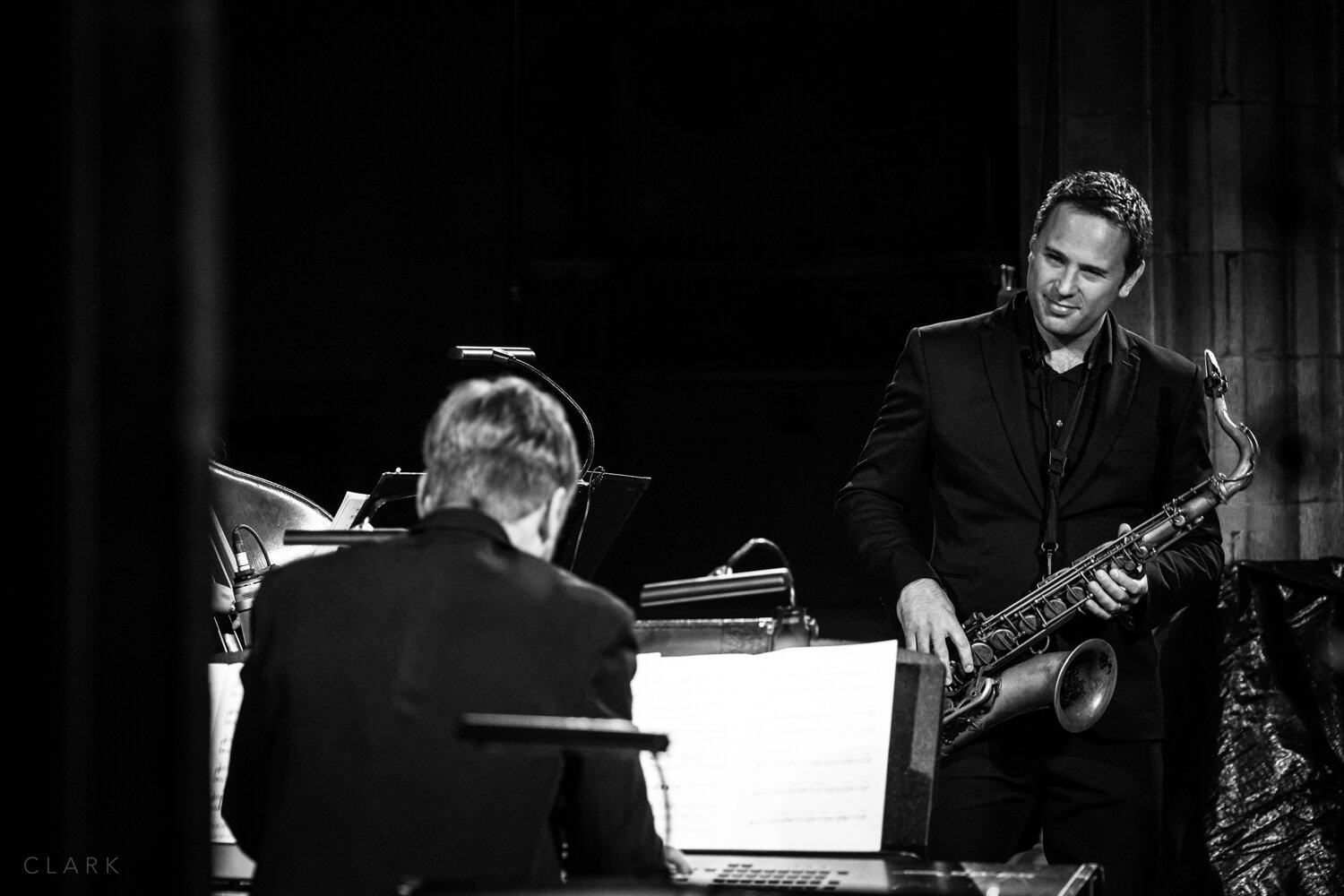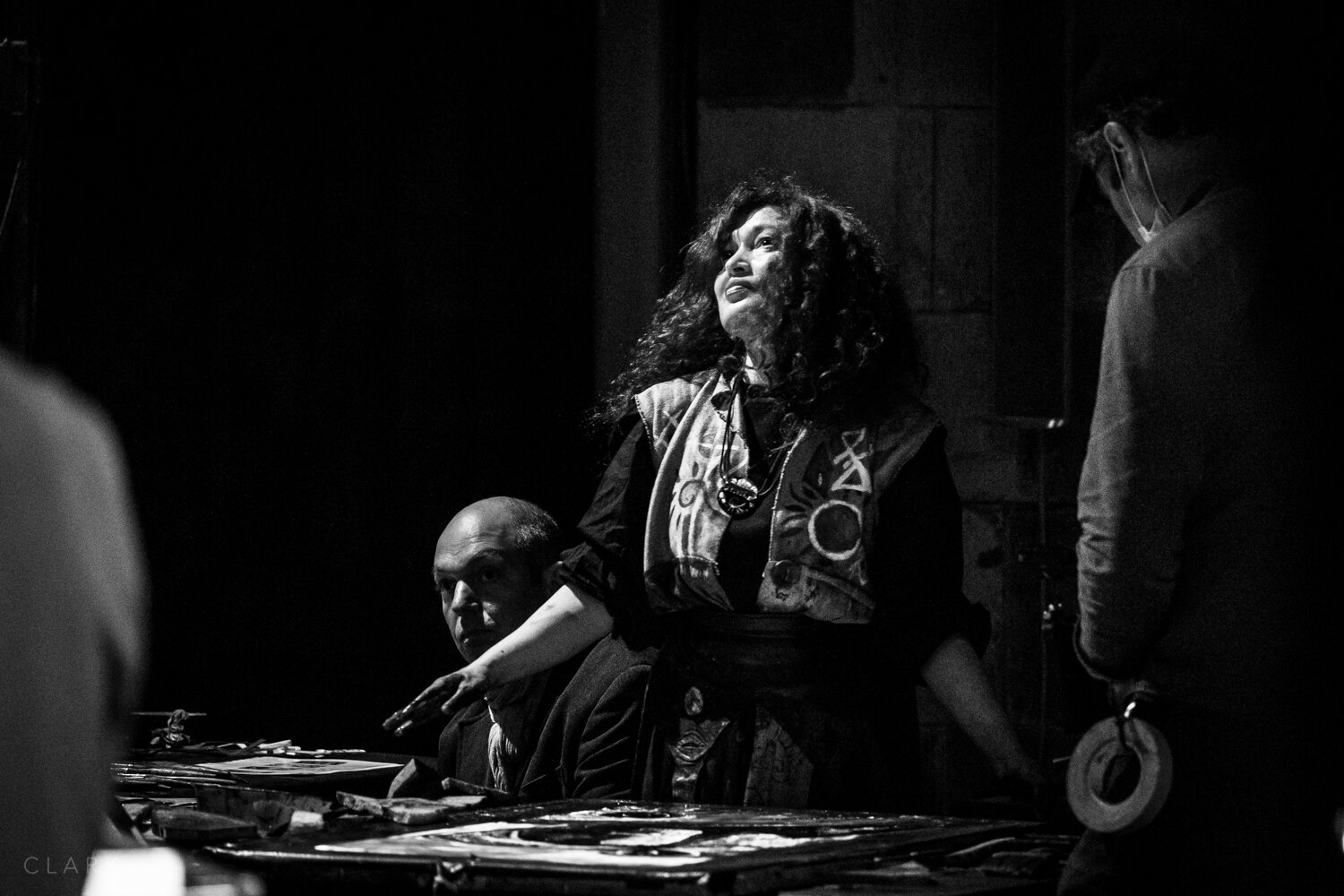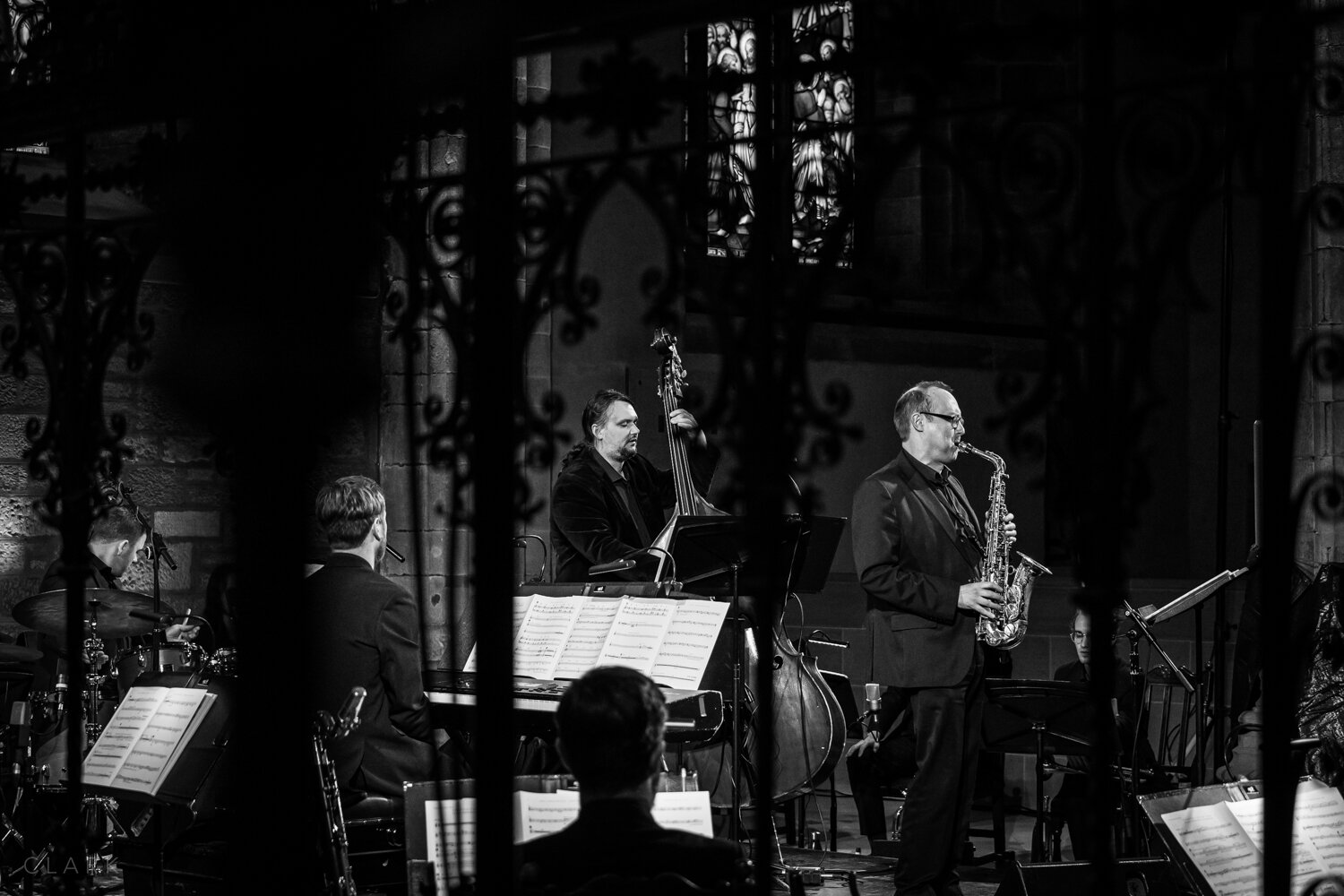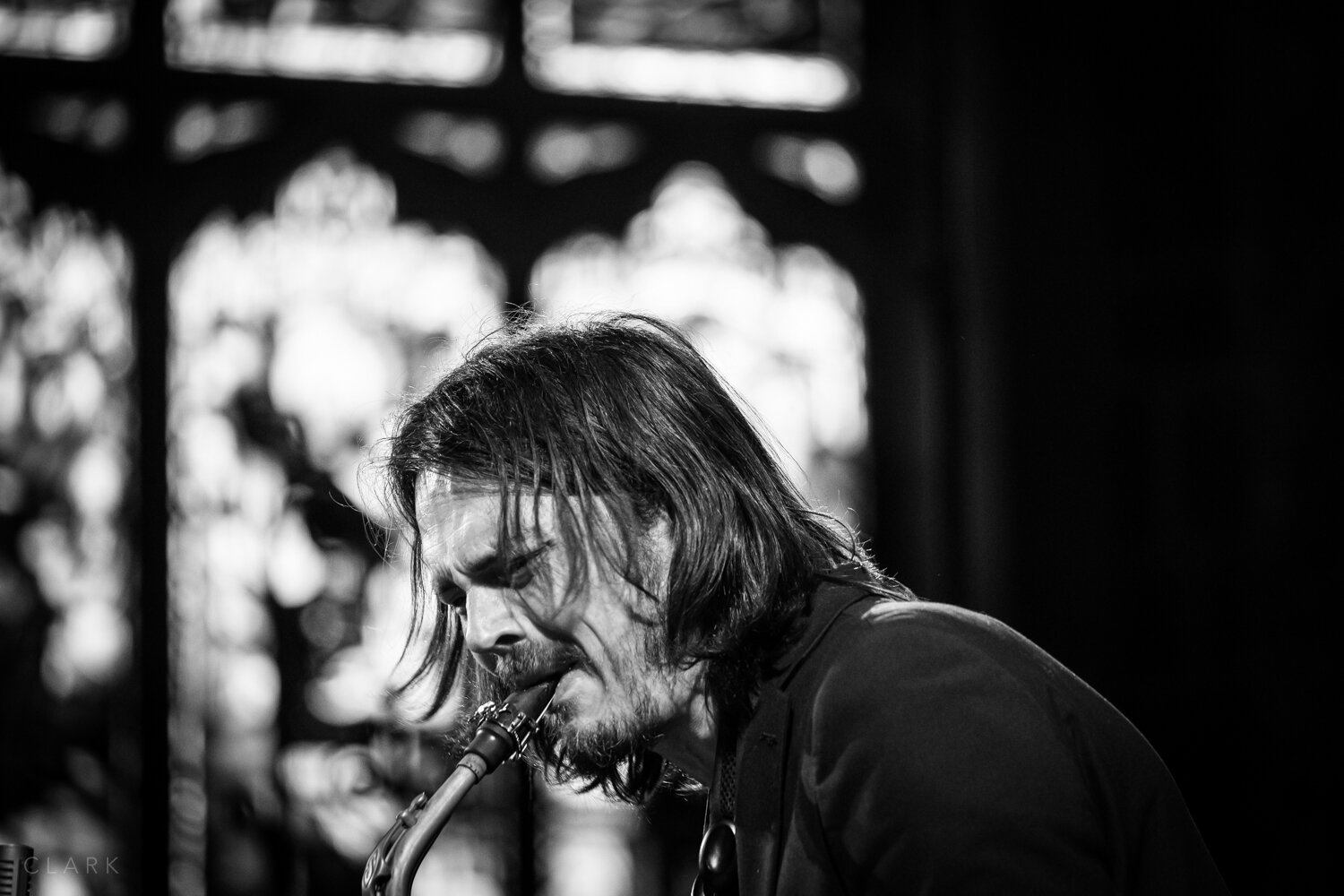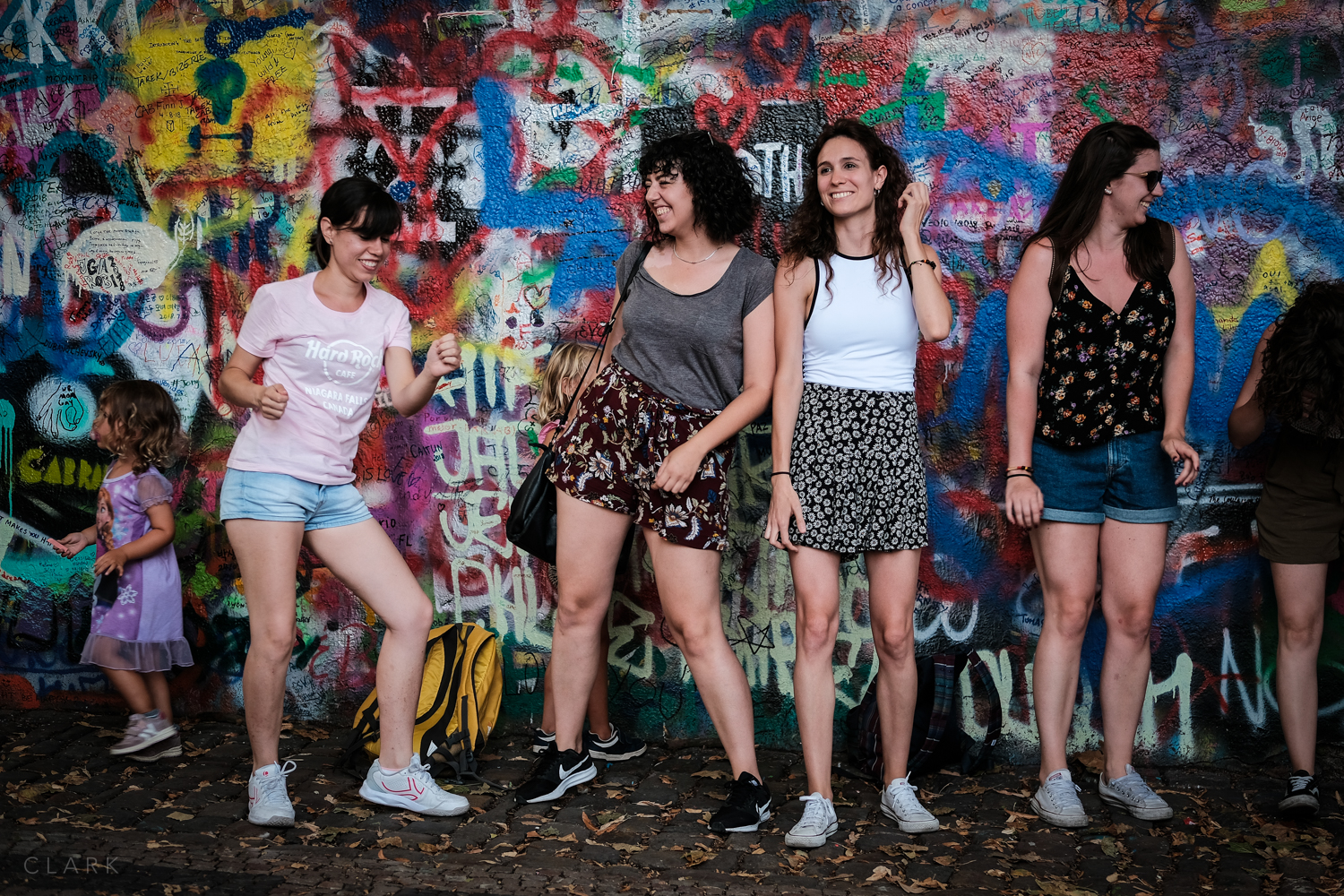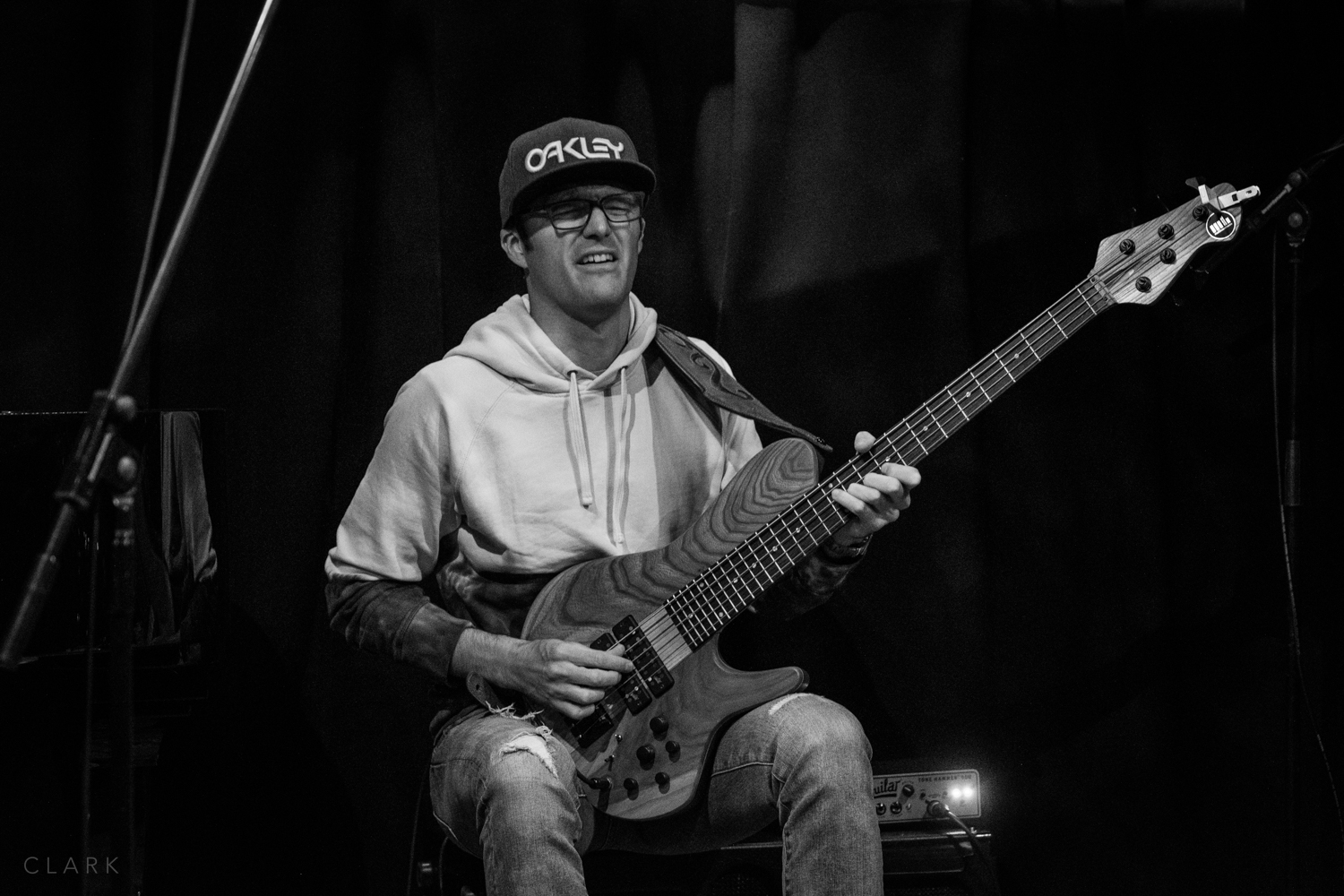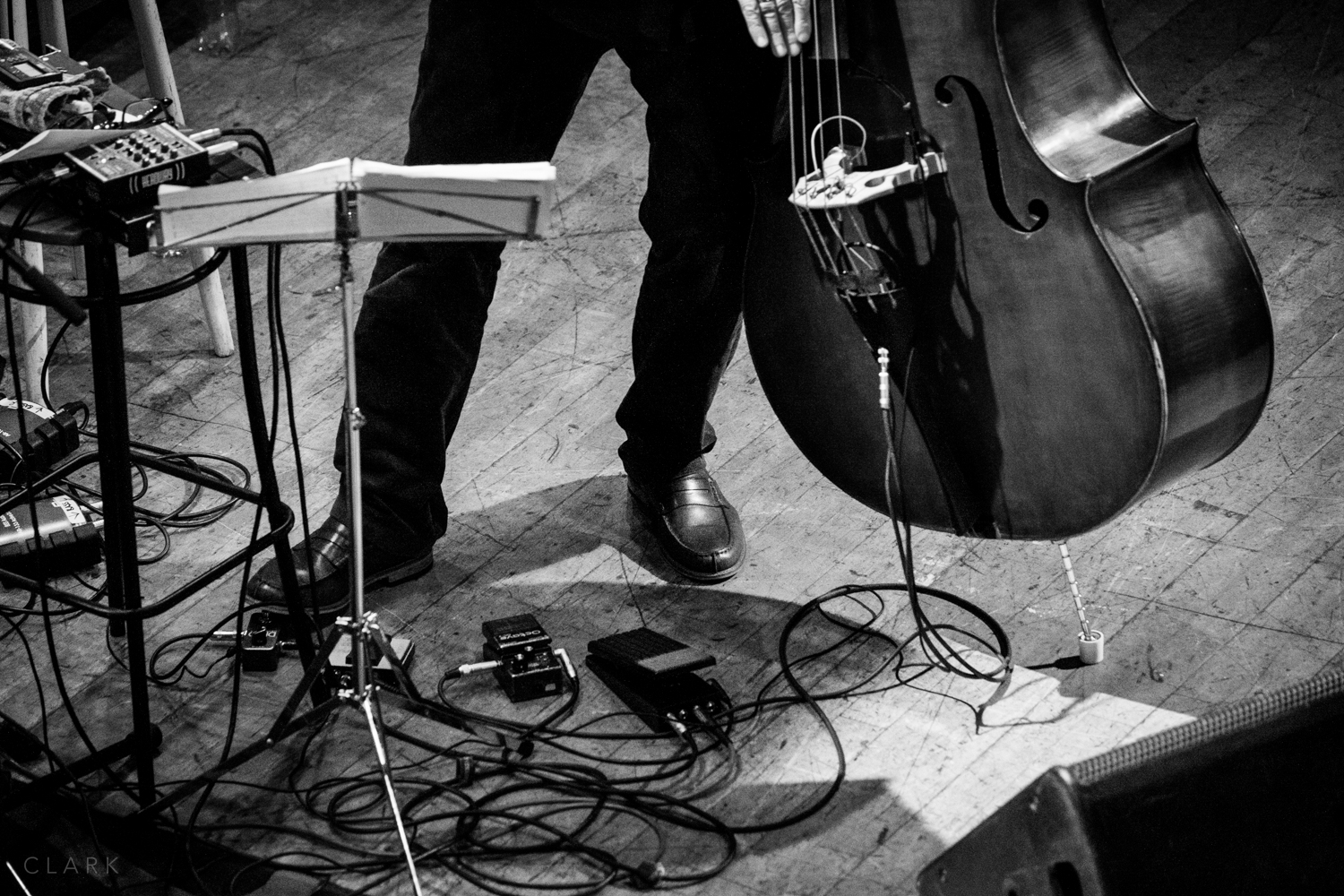Almost two weeks ago, I photographed a very special concert by The Scottish National Jazz Orchestra at the stunning St Giles Cathedral in Edinburgh (Scotland) called 'Where Rivers Meet'. The concert features artist Maria Rud painting live to the music of some great composers. The art was then projected onto the stained-glass windows of the cathedral.
The concert features four suites by the SNJO, which will go out on the internet over four consecutive nights and feature soloists Tommy Smith, Konrad Wiszniewski, Paul Towndrow and Martin Kershaw.
Go to livestream.snjo.co.uk to experience the visual and sonic world of WHERE RIVERS MEET from St. Giles Cathedral in Edinburgh.
12th May 7:15 PM
ORNETTE COLEMAN / MARIA RUD / PAUL TOWNDROW
music arranged by Tommy Smith
13th May 7:15 PM
DEWEY REDMAN / MARIA RUD / KONRAD WISZNIEWSKI
music arranged by Paul Towndrow
14th May 7:15 PM
ANTHONY BRAXTON / MARIA RUD / MARTIN KERSAHW
music arranged by Paul Harrison
15th May 7:15 PM
ALBERT AYLER / MARIA RUD / TOMMY SMITH
music arranged by Geoffrey Keezer
Maria Rud’s art created live and projected onto the stained-glass-windows of St Giles Cathedral, Edinburgh
In-camera double exposure














